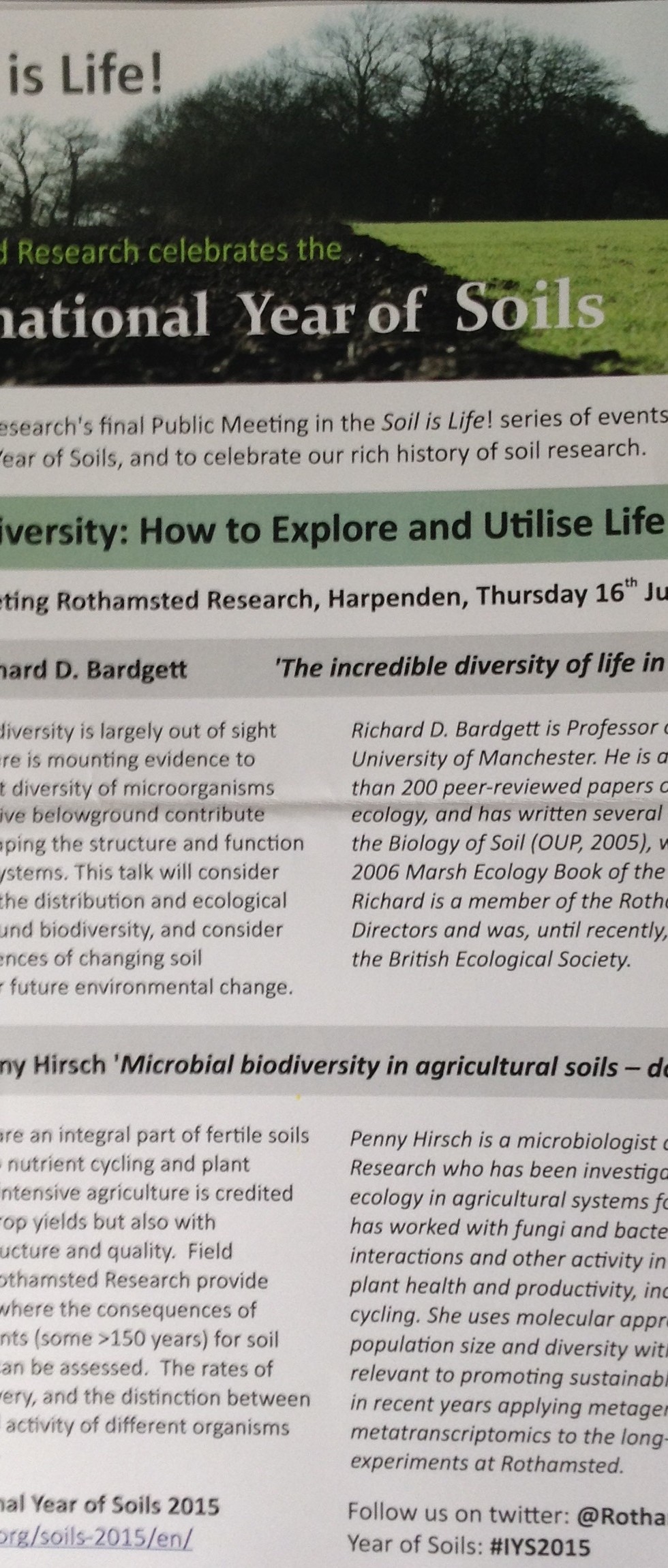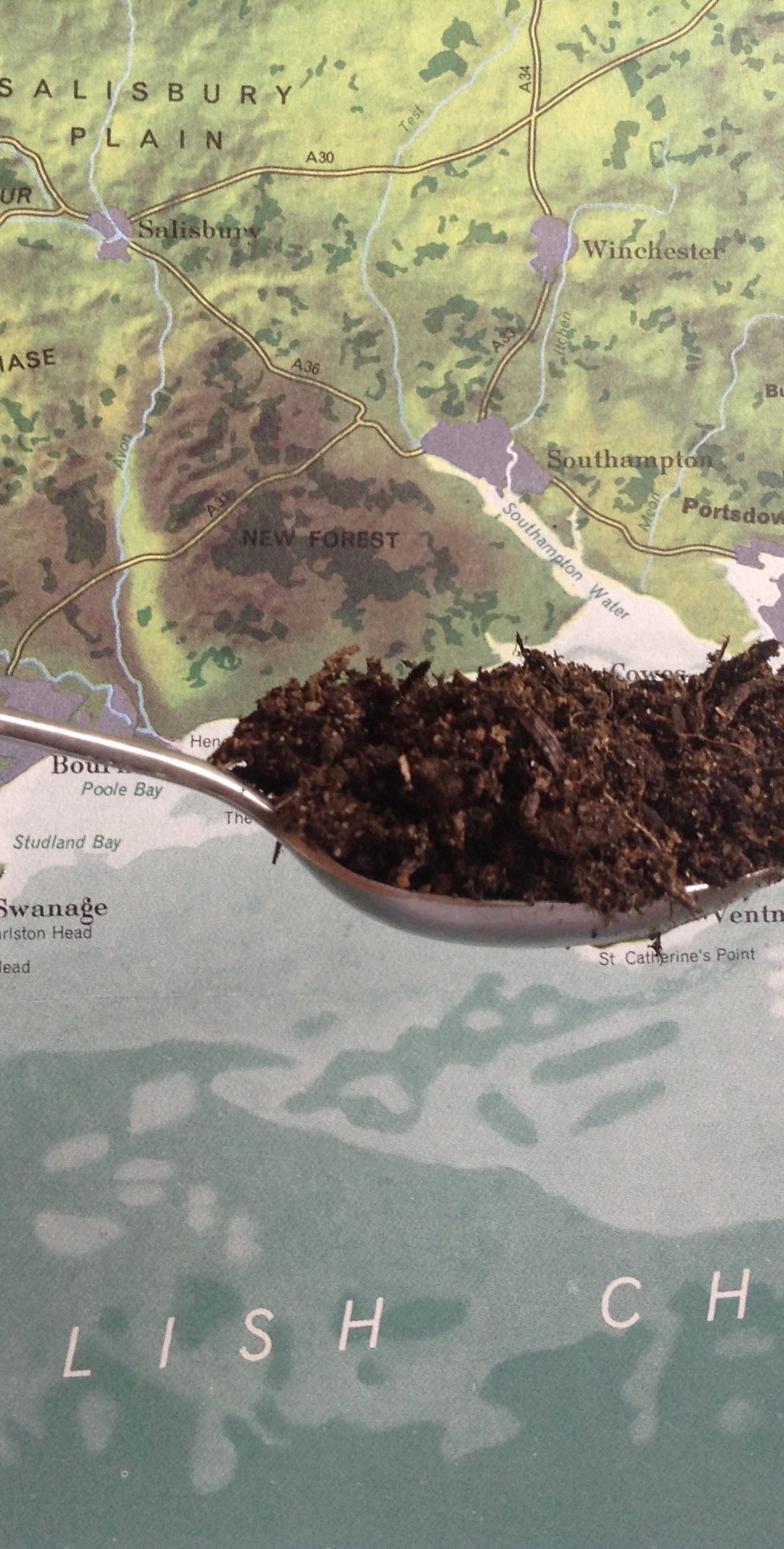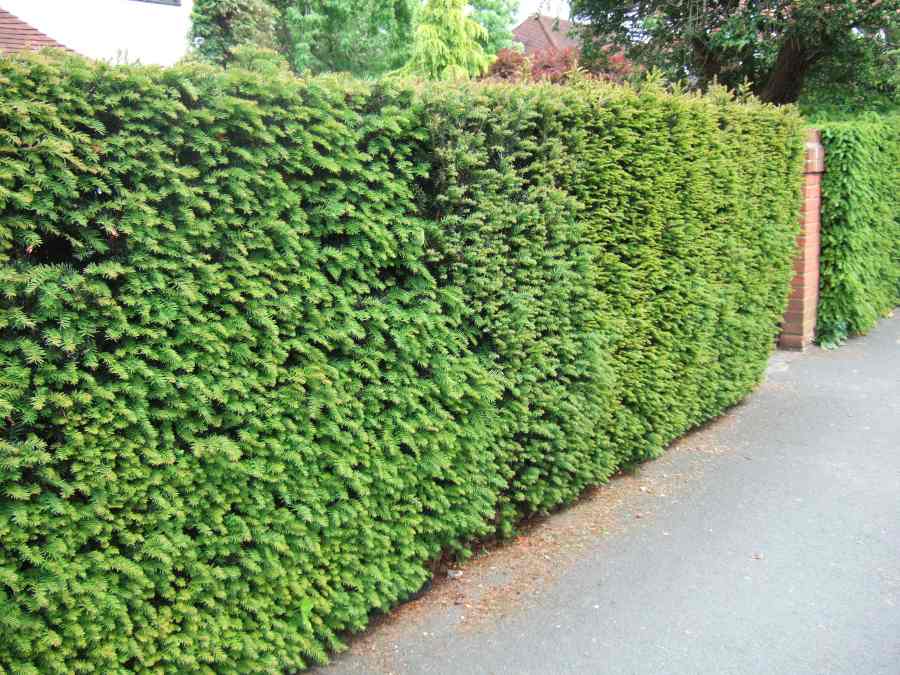More soil life, more plant life; more plant life, more soil life…
‘Soil is Life!‘ was the name of the public open day at Rothamsted Research back on 17 May, and I was one of the visitors.
Last week, on 16 July, I went to yet another event in Rothamsted’s contribution to the International Year of Soils.
This time – like the Wildlife Gardening Forum’s conference in June – the focus was on the wildlife in the soil.
There were two speakers, Richard D. Bardgett and Penny Hirsch, and their talks were complementary: the (relatively) big stuff, soil animals and fungi, and the small stuff, bacteria, both natural and agricultural soils, and soils in Britain and abroad. I hope that their presentations will become available on the Rothamsted website because they were full of fascinating details and references, and I didn’t manage to make notes of all of it. There was a fair bit of time for questions and discussion at the end – I’ve got notes of 13 questions – but what they both had to share with us was so fascinating we could have had a discussion that lasted all day and all night.
The Earth in a teaspoon
My home, well, one of my homes, is on the Isle of Wight. If we could choose our own famous cliché we might be known, perhaps, for many things – red squirrels, dormice, and Glanville fritillaries, Charles Darwin and Robert Hooke, or Julia Margaret Cameron, Karl Marx, and Jimi Hendrix.
But the famous factoid that everybody ‘knows’ about us is that all the world’s people could stand on the Isle of Wight.
Well eat your urban myth heart out, Isle of Wight. You’ve been beaten by a teaspoonful of soil.
There are as many organisms in a teaspoonful of soil as there are people on the Earth.
I heard it at the Natural History Museum so it must be true.
We the people
On Friday morning will it be a new dawn and a new day? Will we be feeling good?
Well peeps I’m not Russell Brand. So I’m not going to tell you which party to vote for.
And anyway I wouldn’t expect you to do what I tell you just because I tell you.
Oh and just in case you’re reading this and you’re not a citizen of the United Kingdom (I know we Brits find it hard to realize such people exist, so I’m getting this in early) apologies already and you have my permission to stop reading now. Sorry, I forgot, I’m not telling anybody what to do or what not to do…
Go slow – plant slow-growing hedges
Springwatch is like Arnie. It’ll be back*. I know the marketing people couldn’t allow anything so uncatchy, but I wish they’d call it EarlySummerWatch because in my calendar spring is almost over, and with it our last chance to do the things that we do in spring, like planting evergreens.
When I hear the first swift (and it’s usually hear, before I look up in joy and see them) then summer has started. The weather is warm, the migrants are back, and the trees are in leaf. Early summer maybe, but summer it is.
So it’s hard to remember that only a few weeks ago gardeners might have been wrapped up in winter clothes and shivering in a cold biting wind.
I know I was. Not in every garden, just the one.
The year of soil – and why it matters for the climate
Three decades ago David Attenborough finished his television series ‘The Living Planet’ with a summary of basic conservation principles (from the International Union for the Conservation of Nature, the United Nations Environment Programme, and the World Wildlife Fund) and then issued a moral challenge:
‘…We must do our utmost to maintain the diversity of the earth’s animals and plants. It is not just that we depend on them for food – though that is the case. It is not just that we still know so little about them or the practical value they might have for us in the future – though that, too, is so. It is, surely, that we have no moral right to exterminate for ever the creatures with which we share this earth.’
I utterly agreed then, and still agree, that the other living beings on this Earth have their own intrinsic value, beyond any values we humans might have for them.
But it is also worth finding out just what those living organisms might be doing for us, or could do for us. Soil organisms don’t usually get remembered even by national treasures, but soil is still one of the most unexplored habitats, and we still know very little about them by comparison with other more glamorous habitats.
So it’s fascinating to read in Medical News Today that soil bacteria may act in a similar way to antidepressants or in Scientific American that ‘An antibiotic with the ability to vanquish drug-resistant pathogens has been discovered — through a soil bacterium…’.
Who knows what else we might discover?
And of course without soil we would have no life on land, and no food from the land, and that would be it for our species.
But it’s also worth saying yet again that after rocks and the ocean, soil is the biggest carbon pool the Earth has. We need to look after the carbon held in soil organic matter, and increase it where we can.
The United Nation’s Food and Agriculture Organisation has designated 2015 as the International Year of Soils. Climate-friendly gardeners can help by looking after our soil because we need food, we might find all sorts of other useful things in the soil, and because soil can be a carbon sink – and, yes, because those soil organisms also have an intrinsic value in themselves.






 Climate-friendly gardening
Climate-friendly gardening